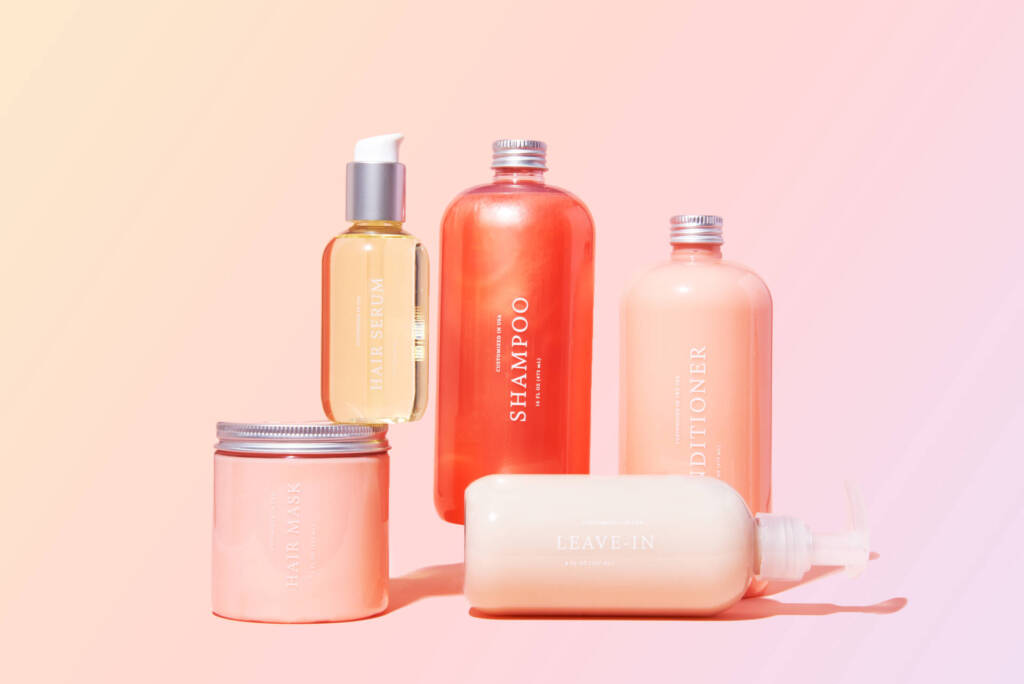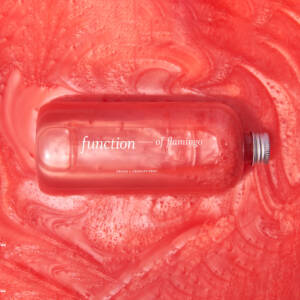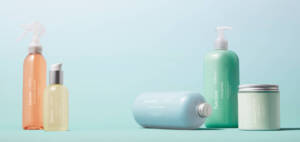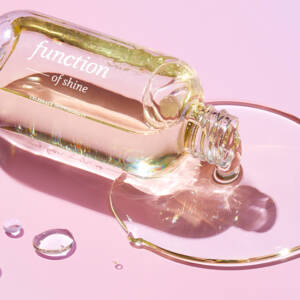Just like our bodies, our hair comes in all shapes and sizes — and it’s all thanks to something called hair density. But hold up. What exactly is hair density, and how do you measure it?
If you’re like most people, you may have thought that hair density equals hair thickness. And who could blame you? The two terms do sound like carbon copies of each other. Before we go any further, though, we’d like to point out that hair density and hair thickness represent entirely different things.
That’s why we’ve created this guide to help you get up close and personal with hair density. If you’ve ever wondered about the density of your hair — low, medium, or high — you need to bookmark this article ASAP.
What Is Hair Density?
Hair density refers to the number of strands per square inch of your scalp. In layman terms, we’re talking about how closely your fibers grow together.
Sparsely placed fibers are classified as low-density hair (think a slender-looking ponytail), while snugly grouped ones will land you in the category of high-density hair (i.e., thicker hair). Anywhere in between simply means you have medium-density hair. Meanwhile, hair thickness is all about the diameter of each fiber. Using this measurement, you may have fine, medium, or coarse (thick) strands.
Hair density and hair thickness work together to influence how full your hair looks to the naked eye. For example, thick strands loosely scattered across your scalp will likely lead to an overall appearance of thin hair. On the flip side, a head full of fine yet abundant strands is synonymous with volume and thickness.
Most of us have roughly 80,000 to 120,000 fibers on our scalps. You may think that’s a huge number, but remember, you’re shedding about 100 strands per day. Of course, these estimates can vary according to different factors, such as age, nutrition, and ethnicity.
Fun fact: Scientific evidence shows that, on average, Caucasians naturally have a higher hair density than people of African descent.
How to Measure Hair Density
Want to know what the density of your hair is? Well, for starters, we won’t recommend counting each individual strand on your scalp, simply because ain’t nobody got time for that!
Instead, you can work with a professional in a fancy laboratory setting or do-it-yourself at home — either way works.
Professional
Professionals, like a trichologist (a specialist who focuses on hair and scalp problems), usually use non-invasive techniques to measure your hair density:
- Phototrichogram: This is the gold standard technique used in clinical trials to gauge hair density and growth.
- Trichoscopy: This imaging technique provides high magnification of the scalp and hair shafts to quantify density easily.
DIY
If you’d rather know your hair density right now without having to go to great lengths, try one of these two do-it-yourself methods:
- The ponytail test: Pull up your dry hair into a ponytail, then loop it with a piece of ribbon to measure the circumference of your ‘do. Place the ribbon next to a ruler. If it’s less than two inches, you likely have low-density hair, and if it’s more than four inches, your hair is on the denser side.
- The scalp test: Make sure your hair is dry before facing the mirror. Tilt your head slightly to see if you can see your scalp. Low-density hair has a relatively visible scalp, while high-density hair covers the scalp almost to the point of invisibility.
If you’ve tried these methods above and still find yourself scratching your head over the question, simply check in with a hairdresser or stylist on your next appointment. They will probably be more than happy (and experienced enough) to divulge this information to you.
Hair Care + Styling Tips: Find Your Perfect Match

Now that we’ve played detective to determine the density of your hair, what’s next? It’s simple: Use this piece of information to choose the right hair care products and styles for your tresses.
For Low-Density Hair
Low-density hair types, aka those with thin hair, typically struggle with locks that seem magnetically attracted to the ground. If that sounds like you, volumizing products are your best bet for creating lift and bounce. On the whole, choose lightweight hair products that won’t weigh down your mane, especially if you have fine hair strands. For example, Function of Beauty’s customizable hair care range allows you to choose specific hair goals like “volumize” and “soothe scalp” to suit your unique needs.
To make your thin hair look denser style-wise, avoid layering your hair unless your (very experienced) hairstylist thinks you can pull off the look. Try blunt cuts, like bobs and lobs, to add sophisticated bulk without looking boxy.
You can also work with what you have. For straight hair that falls flat, use a curling iron for mermaid-like waves and lightweight styling products such as a soft-hold mousse to hold the style. Folks with curly hair can also try volume-boosting techniques like Bantu knots (petite, coiled buns) to add some bounce to your natural hair sans heat.
Pro tip: When using a conditioner, only apply it from the mid-lengths to the hair tips. This prevents flat-looking hair once you’ve rinsed the product off.
For Medium-Density Hair
If you’re blessed with medium-density hair, your mane requires less maintenance. Focus on nourishing your tresses to maintain hydration and suppleness with lightweight products like Function of Beauty’s custom hair serum. The best part is, you can personalize the hair serum to fit in with your individual hair needs. For example, the “deep condition” and “hydrate” hair goals will hit the spot for low porosity hair that’s struggling with dryness.
Medium-density hair types also have more leeway when it comes to styling. Besides regular trims to stave off split ends, you can go to either end of the spectrum when experimenting with volume. Thin out your tresses with layers for a sleeker look, or bulk it up with uniform lengths and blunt cuts.
For High-Density Hair
High-density hair doesn’t lack volume, but it does frizz and poof easily, as humid weather would let you know. That’s where rich, moisturizing products like our custom hair mask come in to save your strands. The hair mask is an intensive deep conditioning treatment formulated with nourishing oils and conditioning agents such as argan oil and Japanese sake extract. For the proverbial cherry on top, customize it as a moisturizing mask that’s a perfect match for your thicker hair.
When it comes to styling, dense hair types usually desire hairstyles that give off an illusion of lankiness. Request your hairstylist to debulk your hair with layers and thinned ends. Or you could always rely on your trusty flat iron to straighten out the waves and curls. Just remember to pop on a heat protectant (like our custom hair serum) beforehand.
Last but not least, try quick, simple fixes to tame down the volume, like parting your hair to one side and tucking it behind your ears.
Change Your Hair Destiny By Knowing Your Hair Density
Body acceptance is gaining traction more than ever, so why shouldn’t hair acceptance? Whether you sport a head full of curly, thick hair or have long waves that trail off into wispy tendrils, our mantra is: love your hair the way it is with the right hair products — no matter how dense (or not) it looks.
That said, we’ve all experienced a case of “the grass is greener on the other side” more often than we would want to admit. Perhaps you want a little more lift on your crown of fine hair or you’re in the mood for Kendall Jenner-esque sleek locks. That’s where appropriate styling products and best practices come in handy to transform your mane into your heart’s desire.
No matter if you want to embrace your natural hair texture or change up its appearance, knowing your hair density is key to enjoying your best hair.





